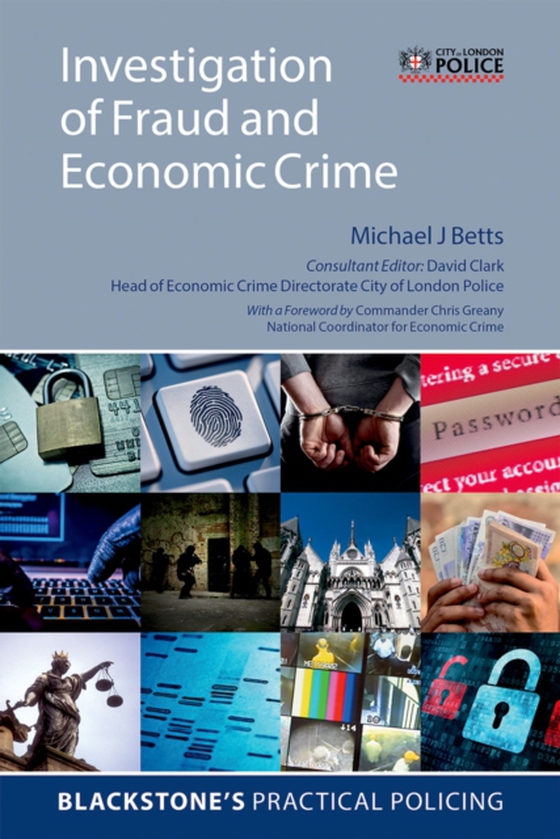
Investigation of Fraud and Economic Crime e-bog
397,28 DKK
(ekskl. moms 317,82 DKK)
Fraud costs the United Kingdom a reported GBP198 billion per year and the Crime Survey for England and Wales (March 2016) estimates that there are over 5 million incidents of fraud and 2 million cyber-related crimes committed annually. Preventing and investigating fraud has become a priority for police officers and establishing successful, effective strategies to tackle this new volume crime re...
E-bog
397,28 DKK
Forlag
OUP Oxford
Udgivet
28 februar 2017
Længde
372 sider
Genrer
1DBK
Sprog
English
Format
pdf
Beskyttelse
LCP
ISBN
9780192519788
Fraud costs the United Kingdom a reported GBP198 billion per year and the Crime Survey for England and Wales (March 2016) estimates that there are over 5 million incidents of fraud and 2 million cyber-related crimes committed annually. Preventing and investigating fraud has become a priority for police officers and establishing successful, effective strategies to tackle this new volume crime represents a significant and persistent challenge for the police service. Investigation of Fraud and Economic Crime is written by experts from, and affiliated to, the City of London Police, the lead force for fraud in the UK and home to Action Fraud and the National Fraud Intelligence Bureau (NFIB). It offers practical, straightforward advice to law enforcement agencies dealing with fraud and economic crimes. The book identifies more than fifty different types of fraud and sets out the different strategic and tactical considerations in preventing,investigating, and disrupting each one. At the centre of the book is the Fraud Investigation Model (FIM), an effective framework encompassing multiagency working, recovery of evidence and victim management, as well as a range of useful features designed to demystify fraud terminology and provide accessible operationalguidance. These include key point boxes, highlighting important learning points and investigation best practice; definition boxes, to cut through legal terminology and connect the law to everyday police work; and flow charts, which tackle complex operational and legal procedures and break them down into simple, easy to follow steps.
 Dansk
Dansk

